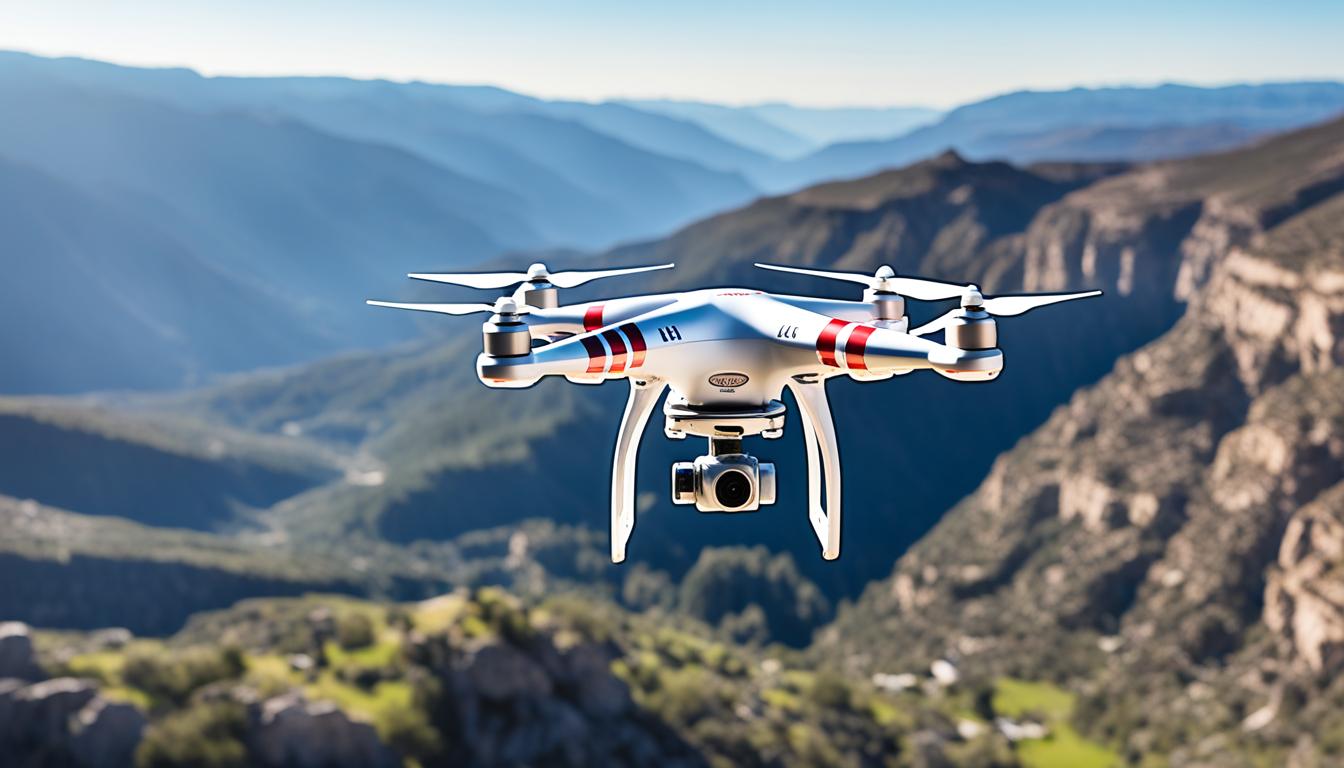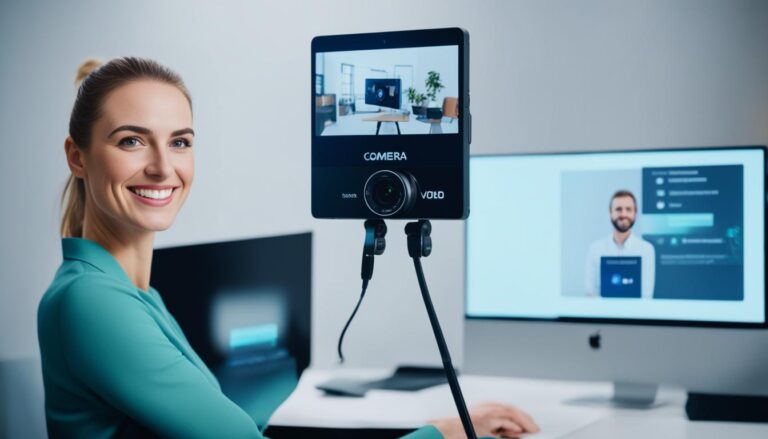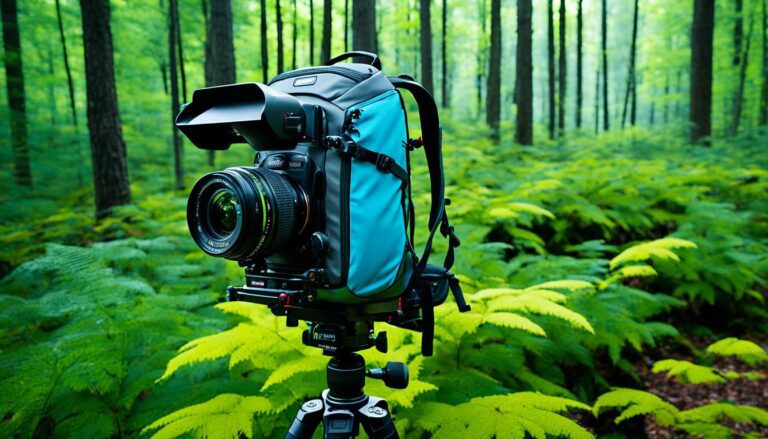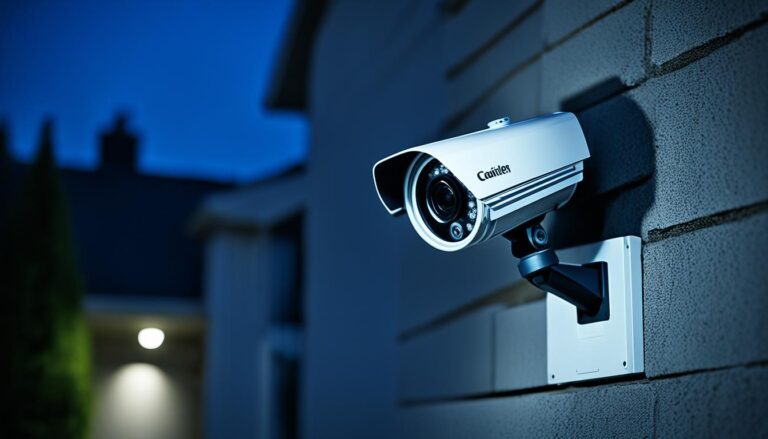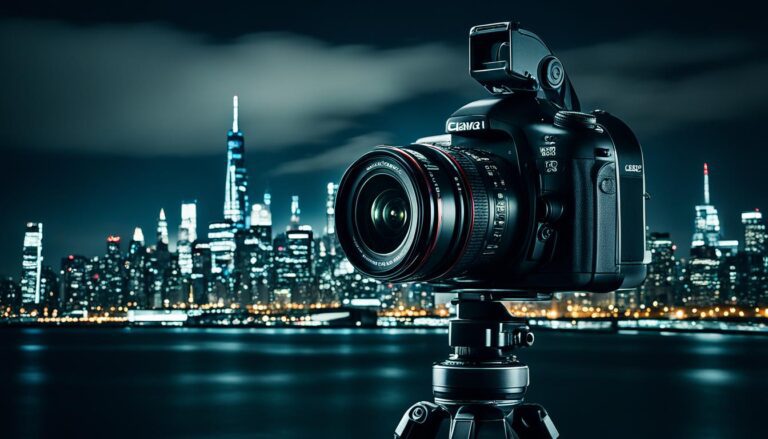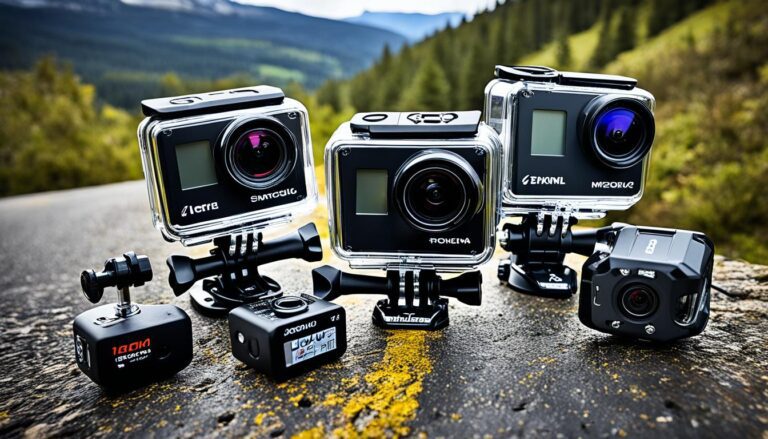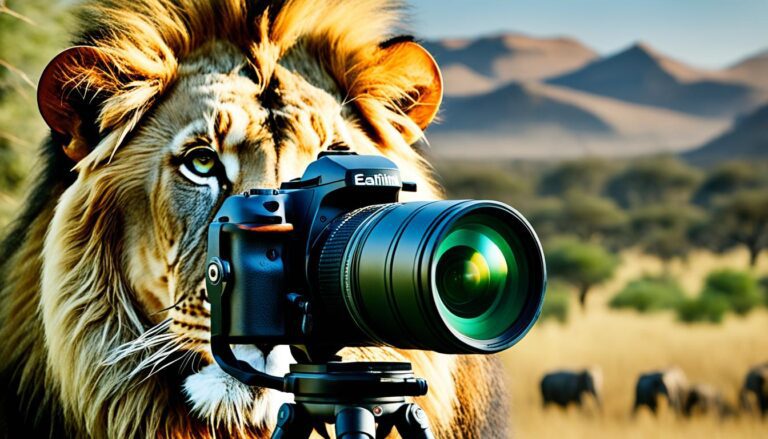best camera for quadcopter
Whether you’re an aerial photographer, surveyor, or hobbyist, choosing the right camera for your quadcopter is essential to capture stunning aerial imagery. But with so many options available, how do you know which camera is the best fit for your needs? Join us as we explore the top camera choices for quadcopters and uncover the key factors to consider when making your decision.
When it comes to drone photogrammetry, the camera you choose can make all the difference. The quality of your camera directly impacts the accuracy and detail of the data you collect during surveys. From sensor size to resolution, shutter speed to ISO, every aspect plays a crucial role in capturing sharp, high-quality aerial imagery.
But fear not! In this article, we’ll guide you through the best camera options for quadcopters and share valuable insights into the importance of choosing a quality camera for drone photogrammetry. We’ll delve into the impact of sensor size and resolution on image quality, explore the role of shutter speed in drone photography, and even uncover the best camera options for different budgets and experience levels.
By the end of this article, you’ll have a clear understanding of how to choose the best camera for your quadcopter, whether you’re a beginner or a seasoned professional. So, let’s take off on this exciting journey to find the perfect camera for your aerial adventures!
Key Takeaways:
- Choosing the right camera is crucial for capturing high-quality aerial imagery with your quadcopter.
- Factors such as sensor size, resolution, shutter speed, and ISO should be considered when selecting a camera for drone photogrammetry.
- Larger sensor sizes and higher resolutions result in better image quality and more detailed aerial imagery.
- Shutter speed controls the exposure duration and plays a vital role in capturing sharp images with minimal motion blur.
- There are camera options available for different budgets and experience levels, catering to both beginners and professionals.
Importance of Choosing a Quality Camera for Drone Photogrammetry
When it comes to drone photogrammetry, selecting the right camera is of utmost importance. A quality camera plays a crucial role in capturing accurate and detailed data during surveys, enabling us to create precise maps and models. To ensure that your aerial imagery meets the highest standards, several factors should be considered when choosing a camera.
Sensor Size: The size of the camera sensor impacts image quality and performance, as larger sensors capture more light, resulting in sharper and more detailed imagery. Consider cameras with larger sensor sizes for optimal results.
Resolution: The resolution of the camera determines the level of detail captured in the images. Higher resolution cameras with more pixels allow for finer details in the imagery, which is crucial for accurate feature extraction and mapping.
Shutter Speed: The shutter speed controls the duration for which the camera sensor is exposed to light. Faster shutter speeds minimize motion blur and ensure sharp images, particularly when the drone is in motion. This is essential for capturing precise data during surveys.
ISO: ISO sensitivity determines how well the camera can handle low-light conditions. Cameras with higher ISO capabilities perform better in challenging lighting situations, enabling clear and well-exposed imagery even in dimly lit environments.
Aperture: The aperture setting affects the amount of light that enters the camera. A wider aperture allows more light to reach the sensor, enhancing image quality in low-light situations. Consider cameras with adjustable aperture settings for greater flexibility in different lighting conditions.
By taking these factors into account and selecting a camera that excels in each aspect, you can ensure that your drone photogrammetry efforts yield accurate and high-quality results. Remember, the camera is the eyes of your drone, so choose wisely.
The Impact of Sensor Size and Resolution on Image Quality
In drone photography, the size of the sensor and the resolution of the camera play a crucial role in determining the overall image quality. The sensor size affects how much light the camera can capture, while the resolution determines the level of detail in the final image.
When it comes to sensor size, larger sensors have a distinct advantage. They can capture more light, resulting in better image quality, improved dynamic range, and enhanced performance in low-light conditions. Larger sensors also allow for better image processing and noise reduction, resulting in sharper and more visually pleasing photographs.
One example of a camera renowned for its sensor size is the DJI P1, equipped with a full-frame sensor. With its large sensor, the P1 can produce exceptional image quality that is ideal for professional applications. Additionally, the Sony a7R IV, another popular choice among aerial photographers, also features a full-frame sensor and high megapixel count, ensuring maximum detail and clarity in the captured images.
Resolution, on the other hand, refers to the number of pixels in an image. Higher resolution cameras can capture finer details, allowing for more precise and accurate mapping and modeling. By capturing more pixels, the camera can reproduce the intricate textures and features of the subjects being photographed.
When considering resolution, it is worth mentioning that higher resolution cameras may require more processing power and storage capacity. However, they offer the advantage of flexibility during post-processing, as they provide more room for cropping and enlarging images without compromising quality.
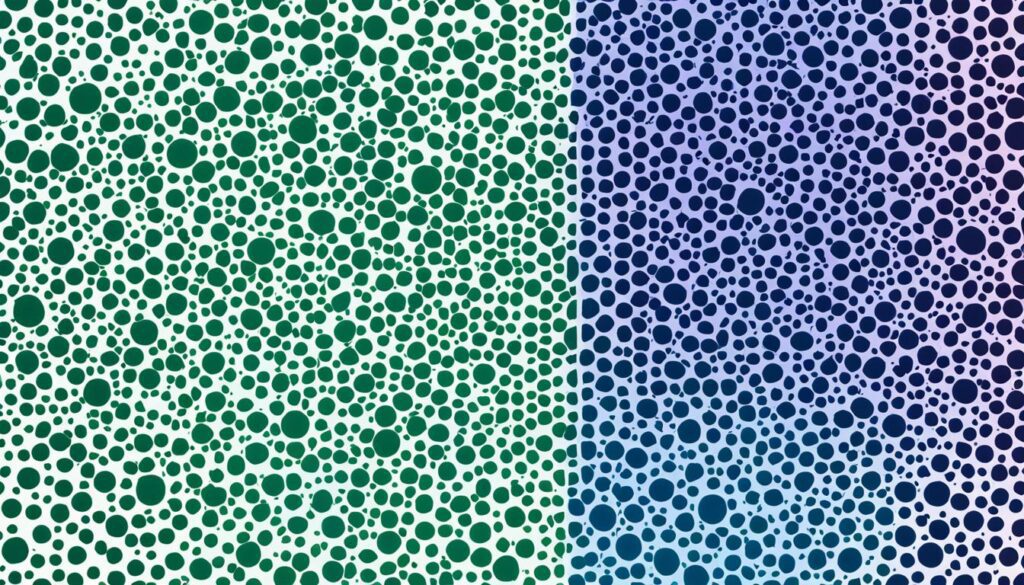
In summary, the sensor size and resolution have a significant impact on the overall image quality in drone photography. Larger sensor sizes provide better light capture, dynamic range, and low-light performance, while higher resolution allows for capturing finer details. If you prioritize superior image quality in your aerial photography, consider cameras such as the DJI P1 and Sony a7R IV, which excel in these aspects.
Understanding the Size of Pixels and its Effects
When it comes to drone photography, understanding the size of pixels is crucial in achieving high-quality images. The pixels on a drone’s sensor have a direct impact on its sensitivity to light and its ability to capture intricate details. Let’s explore how pixel size affects image quality and performance in different lighting conditions.
Pixel size refers to the physical dimensions of individual pixels on a camera sensor. Larger pixels are capable of capturing more light, resulting in improved sensitivity and lower noise levels in low-light environments. The DJI P1, for instance, features larger pixels compared to the Phantom 4 RTK, allowing for better image quality when lighting conditions are challenging.
On the other hand, smaller pixels have higher density, which enables them to capture finer details in well-lit situations. However, smaller pixels may struggle to maintain image quality in low-light settings due to their reduced light-collecting capabilities.
By choosing a drone with larger pixels, such as the DJI P1, photographers and surveyors can ensure better image quality, reduced noise, and increased sensitivity to light, even in demanding lighting conditions. On the other hand, drones with smaller pixels, like the Phantom 4 RTK, excel in providing intricate image details in well-lit scenarios.
In summary, understanding pixel size is crucial in selecting the right drone for your needs. It’s important to consider the lighting conditions you’ll be working in and determine whether sensitivity to light or capturing fine details is more critical for your aerial imaging projects. By considering pixel size and its effects, you can make an informed decision that aligns with your specific requirements.
The Role of Shutter Speed in Drone Photogrammetry
Shutter speed plays a crucial role in capturing sharp images in drone photogrammetry. It controls the exposure duration, allowing us to freeze motion and achieve crisp aerial imagery. When the drone is moving, shorter shutter speeds are essential to minimize motion blur, resulting in sharper images.
Rapid shooting intervals also contribute to the efficiency of surveying. By capturing multiple images of the same area within a short timeframe, we can gather more data and ensure comprehensive coverage. This not only saves time but also enhances the accuracy of photogrammetric reconstruction.
When considering the options available in the market, the DJI P1 and Mavic 3 Enterprise stand out with their shorter shooting intervals, allowing for faster image capture. This feature proves advantageous in scenarios where time is of essence, such as emergency response, land surveying, and infrastructure inspection.
Mechanical vs. Electronic Shutter for Drone Surveying
When it comes to drone surveying, the choice between a mechanical shutter and an electronic shutter can have a significant impact on image quality. Mechanical shutters, found in drones like the DJI Mavic 3 Enterprise, P1, and Phantom 4 RTK, offer distinct advantages over electronic shutters.
One of the key advantages of a mechanical shutter is its ability to eliminate motion blur, resulting in more accurate and undistorted imagery. This is particularly important in drone surveying, where capturing precise details is crucial for accurate mapping and modeling.
Additionally, mechanical shutters play a vital role in enhancing the georeferencing process. By ensuring precise alignment of images in photogrammetric reconstruction, mechanical shutters contribute to more accurate and reliable results.
Key Points:
- Mechanical shutters eliminate motion blur, resulting in accurate and undistorted imagery
- They enhance the georeferencing process, ensuring precise alignment in photogrammetric reconstruction
- DJI Mavic 3 Enterprise, P1, and Phantom 4 RTK offer mechanical shutters with varying shutter speeds
Best Camera Options for Different Budgets and Experience Levels
When it comes to choosing the right camera for your quadcopter, there are several options available to suit different budgets and experience levels. Whether you’re a beginner or a professional, finding the perfect camera is crucial for capturing stunning aerial imagery. Let’s explore some of the top camera options:
1. DJI Mini 4 Pro
The DJI Mini 4 Pro is an excellent choice for beginners. Its compact size makes it easy to handle, while still offering exceptional camera quality. With obstacle avoidance features, you can fly with confidence and capture breathtaking shots without worrying about potential collisions.
2. DJI Mavic 3 Pro and Cine Models
For professionals seeking high-quality image capture and advanced features, the DJI Mavic 3 Pro and Cine models are top contenders. These cameras provide outstanding performance, allowing you to push the boundaries of your aerial photography and videography projects.
3. DJI Air 2S
If you’re looking for a more affordable option that doesn’t compromise on image quality or ease of use, the DJI Air 2S is an excellent choice. It offers impressive features, such as a large sensor and powerful image processing capabilities, ensuring you capture stunning shots without breaking the bank.
No matter your budget or experience level, there’s a camera that meets your specific needs. As you consider your options, think about the features that are most important to you and how they align with your budget and skill level.
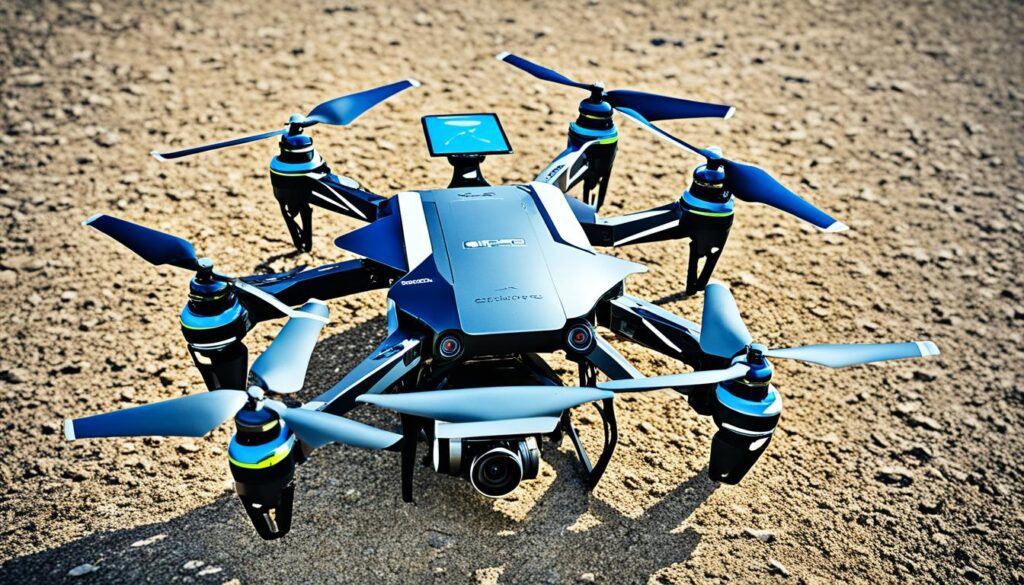
Conclusion: Choosing the Right Camera for Your Quadcopter
The choice of camera is a critical decision when it comes to capturing high-quality aerial imagery with your quadcopter. Several factors should be considered, such as sensor size, resolution, shutter speed, and budget, to ensure you get the best camera that suits your needs.
For beginners venturing into quadcopter photography, the DJI Mini 4 Pro is an excellent choice. Its compact size, outstanding camera capabilities, and obstacle avoidance features make it an ideal option for those just starting.
On the other hand, professionals seeking advanced features and exceptional image capture may prefer the DJI Mavic 3 Pro or Cine models. These drones offer superior performance and versatility, making them perfect for professional-grade aerial photography and videography.
If budget is a consideration without sacrificing image quality, the DJI Air 2S is a more affordable option that still delivers excellent results. It provides a good balance between price and performance, along with user-friendly features that make it suitable for enthusiasts and hobbyists.
When choosing the right camera for your quadcopter, it’s essential to evaluate your specific needs and budget. Pay close attention to factors like sensor size, resolution, shutter speed, and the overall suitability of the camera for your intended purposes. By carefully considering these factors, you can make an informed decision and select a camera that will enhance your aerial photography experience.
